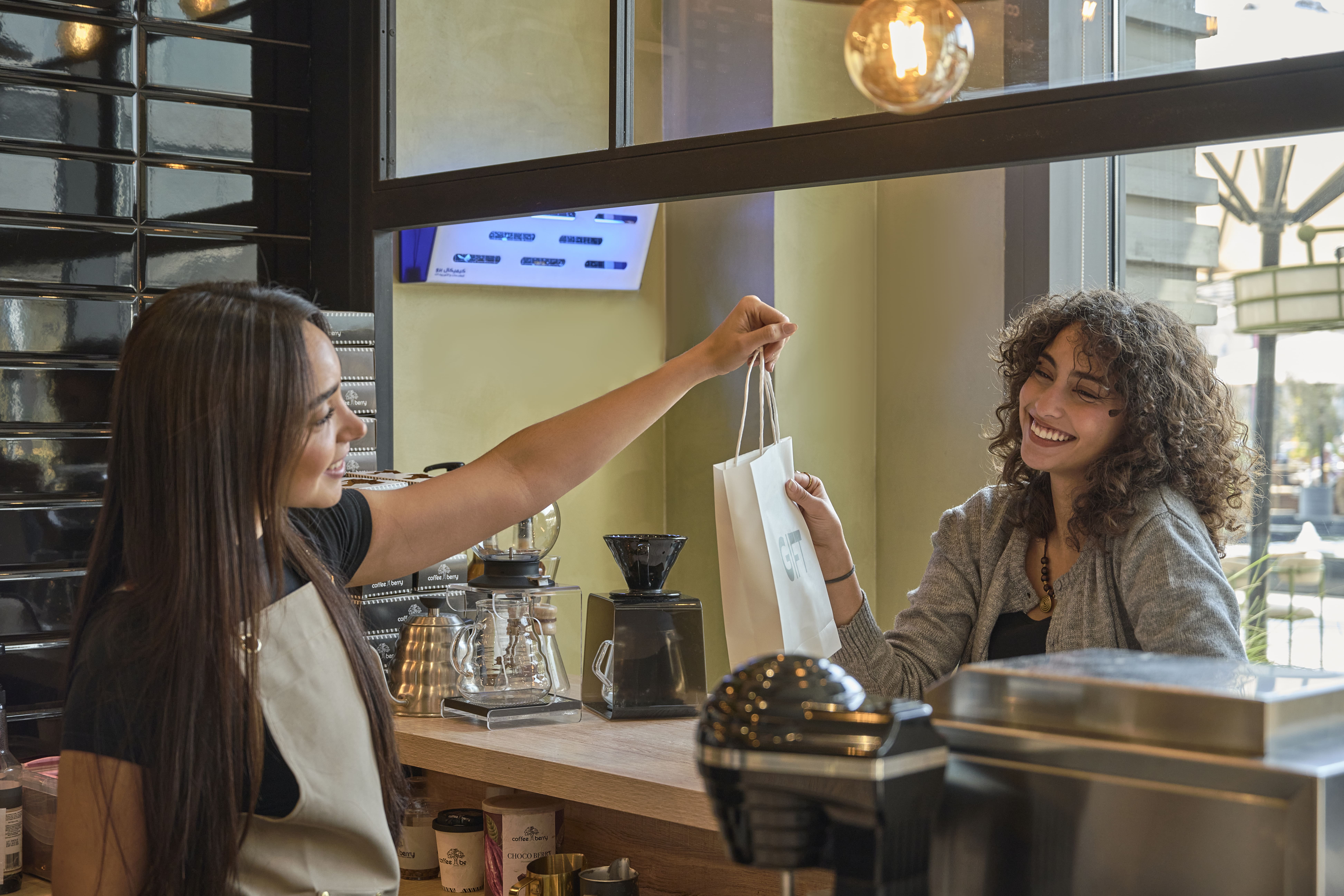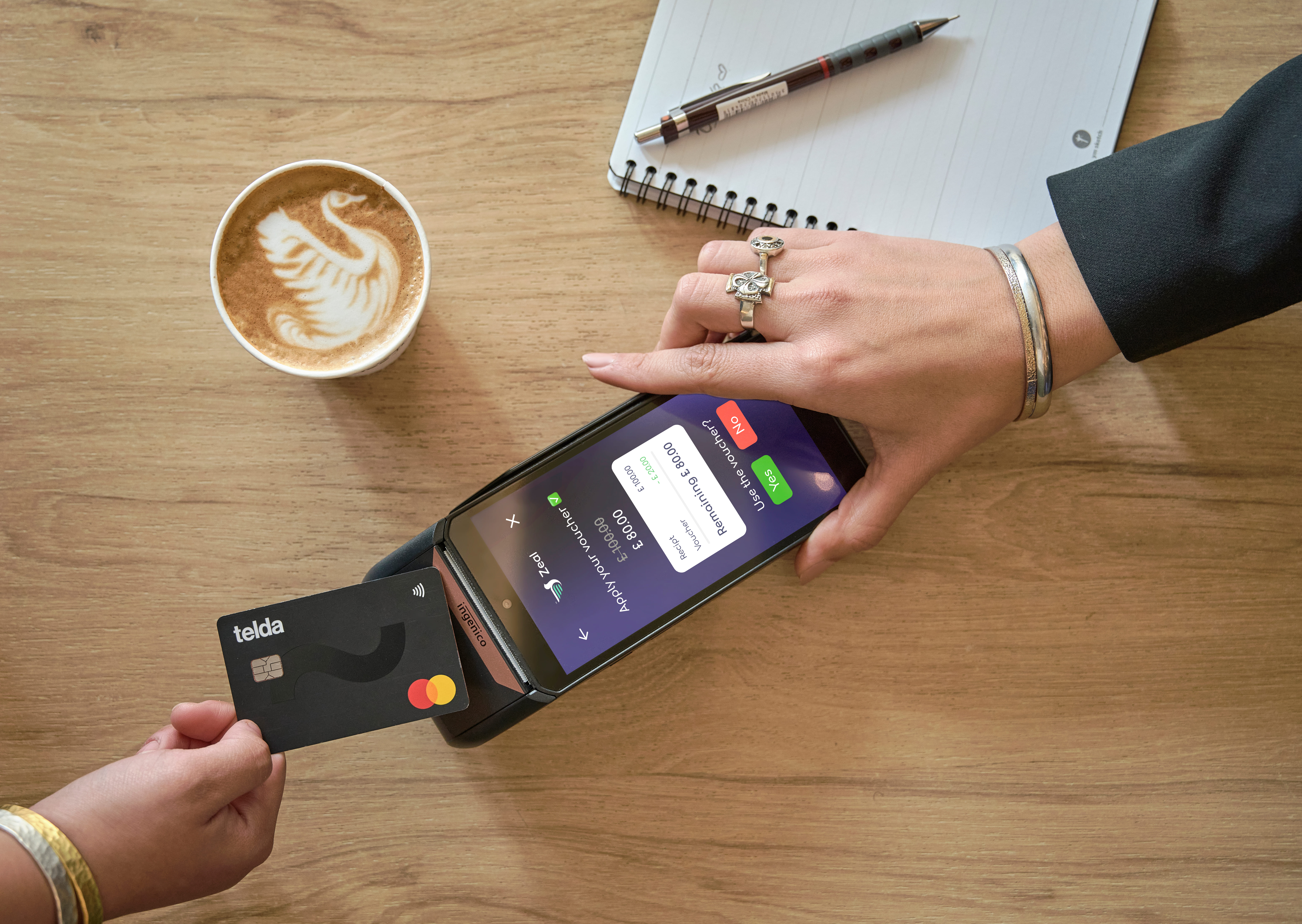
The Loyalty Paradox: Why Shoppers Join But Don't Return
UK customers belong to an average of 16.7 loyalty programmes but actively use fewer than seven. We explore why retailers struggle to convert sign-ups into sustained engagement, examining the four structural challenges preventing loyalty programmes from delivering their promised value.
When American Airlines launched AAdvantage in 1981, it inadvertently created a template that would shape retail for decades. The promise was elegant: reward customers for choosing you repeatedly, and they'll keep coming back. Fast forward to 2025, and UK customers belong to an average of 16.7 loyalty programmes whilst actively engaging with fewer than seven. Tesco Clubcard alone boasts nearly 21 million UK households, yet industry-wide adoption rates hover around just 10%.
The numbers tell a troubling story. Whilst 90% of shoppers will join a loyalty programme from their favourite brands, research shows that 77% of transaction-based programmes fail within their first two years. Enterprise retailers are investing millions in sophisticated loyalty infrastructure, only to watch engagement rates plateau or decline. The question isn't whether loyalty programmes can work, it's why so many struggle to convert sign-ups into sustained behaviour change.
When Loyalty Works: The Airline Benchmark
The airline industry demonstrates that loyalty programmes, when executed well, can deliver extraordinary value. Several major airline loyalty programmes now command valuations exceeding their parent airlines' market capitalisation, with programmes like Delta's SkyMiles accruing a valuation of around $27.9 billion. These aren't peripheral marketing initiatives - they're core profit centres that prove the commercial potential of customer loyalty infrastructure.
UK supermarkets have attempted to capture similar value with varying degrees of success. Tesco Clubcard's dominance, holding 44% preference amongst UK shoppers when forced to choose a single loyalty card, demonstrates what sophisticated implementation can achieve. The programme collects vast swathes of customer data, enables targeted pricing through Clubcard Prices, and extends rewards beyond groceries into fuel, entertainment and financial services. Yet even Tesco faces the fundamental challenge: how to maintain active engagement when competitors offer near-identical propositions.
The Four Failure Modes of Modern Loyalty
1. Friction in the Moment That Matters
The primary challenge occurs at transaction time. A customer approaches the till, the cashier prompts for a loyalty card, and the customer must locate their physical card, open an app, or recall a phone number - potentially whilst others queue behind them. This 15-30 second delay introduces cognitive load at a critical moment in the shopping journey.
Research from HBR suggests that when members experience service friction, they become more upset than non-members, as they expect their loyalty status to enhance rather than complicate their experience. In environments where speed matters - convenience stores, quick-service restaurants, busy commuter locations - customers often forgo the loyalty interaction rather than slow their transaction. The result: enrolled members who never fully activate, or active members who gradually lapse during rushed shopping occasions.
2. Complexity and Confusion: The Unredeemed Points Crisis
Globally, $360 billion worth of reward points go unredeemed annually, with 40% of UK rewards credit cardholders not redeeming any rewards in the past year. This staggering figure points to a fundamental disconnect between programme design and customer understanding.
Research reveals the core issues: 57% of customers don't know their points balance, whilst 38% are unaware of the actual value of their points. When customers can't easily track what they've earned or understand what it's worth, the psychological connection between spending and reward dissolves entirely. The points become abstract numbers rather than tangible value.
Compounding this awareness problem are restrictive redemption structures. Minimum point thresholds, limited redemption catalogues, blackout dates, and convoluted terms and conditions create barriers that frustrate customers attempting to actually use their rewards. Customers can feel that it takes too long to earn meaningful rewards, or lose interest altogether in the reward, ultimately resulting in points accumulatingin accounts, never converting into the behaviour change programmes are designed to create.
3. The Multi-Membership Muddle
The average UK customer juggles 5.6 loyalty cards in their wallet whilst regularly using only 4.1 of them. This proliferation creates a structural paradox: individual retailers launch loyalty programmes to differentiate, yet collectively contribute to an undifferentiated landscape where 91% of Nectar cardholders also hold Clubcard, and 73% vice versa.
For customers, this saturation creates decision fatigue and dilutes perceived value. Research shows that 27% of UK loyalty programme members find it difficult to track multiple memberships, rising to 51% amongst 25-34 year olds. When multiple retailers offer similar points-per-pound mechanics with comparable redemption structures, programmes risk becoming interchangeable discount mechanisms rather than true loyalty drivers.
The challenge for retailers is that loyalty programmes have evolved from competitive differentiators into table stakes - a necessary cost of doing business that no longer confers the advantage it once did. The customer data remains valuable, but the retention mechanism shows diminishing returns as saturation increases.
4. The Personalisation Gap
Perhaps most damaging is the disconnect between what programmes promise and what they deliver. Whilst most brands claim to prioritise personalisation in loyalty strategies, most customers experience generic, batch-and-blast communications that fail to account for their actual preferences and behaviours.
A Boots customer purchasing skincare products weekly receives the same promotional emails as someone who visits twice annually for prescriptions. A Tesco regular buying vegetarian options sees the same Clubcard offers for meat products as everyone else. The sophistication exists in the data collection infrastructure, but fails to translate into truly personalised experiences that make members feel understood and valued.
This matters because customers expect customised offers to influence repeat purchases, and most will stop transacting with businesses that don't demonstrate they care. The technology to deliver genuine personalisation exists, yet implementation lags significantly behind customer expectations, creating a value proposition gap that undermines programme effectiveness.
Emerging Solutions: Beyond "Frictionful" Loyalty

Retailers and technology providers are exploring multiple approaches to address these structural challenges, each tackling different aspects of the adoption-retention gap.
Instant rewards and simplified mechanics
Simpler methods are gaining traction as alternatives to complex points systems. Rather than requiring customers to track balances, understand conversion rates, and navigate redemption catalogues, programmes offer immediate benefits, whether through instant discounts at checkout, straightforward cashback, or milestone-based rewards that trigger automatically. This addresses the awareness and complexity problems whilst eliminating the friction between earning and redeeming.
Enhanced app experiences
Brands focus on reducing friction through better UX. Features like mobile-order-ahead, digital receipts that automatically track points, and one-tap redemption at checkout aim to make loyalty interactions feel effortless rather than cumbersome. The challenge remains that apps require customers to remember to open them, creating an extra step that many skip during rushed shopping occasions.
Tiered programmes with experiential benefits
Aiming to differentiate beyond simple discounts: exclusive early access to sales, members-only products, or VIP customer service aim to create emotional loyalty rather than purely transactional relationships. The effectiveness depends heavily on whether the experiential benefits genuinely resonate with the customer segment being targeted.
Seamless identification technologies
Those represent perhaps the most exciting infrastructure shift. These approaches - ranging from facial recognition to payment card tokenisation - aim to eliminate the conscious loyalty interaction entirely. The payment terminal or store entry becomes the identification point, automatically recognising returning customers without requiring them to present cards, open apps or take any additional action. Several providers are now building loyalty capabilities directly into payment infrastructure, enabling retailers to identify customers through their payment card whilst maintaining full privacy compliance.
Rethinking Loyalty Infrastructure
The retailers seeing sustained engagement aren't necessarily those with the most generous rewards or the largest partner networks. They're the ones who've reduced barriers to participation, delivered value in ways customers actually notice, and used their customer data to create genuinely personalised experiences rather than generic batch communications.
The structural challenges - friction, delayed rewards, programme saturation, poor personalisation - won't be solved solely by incremental improvements to traditional models. They require rethinking what loyalty infrastructure should accomplish and how it integrates into the customer's natural shopping behaviour.
For enterprise retailers, this means evaluating whether loyalty remains separate from core operations or becomes embedded throughout the shopping journey. For payment service providers and ISOs, it presents an opportunity to add value beyond transaction processing by incorporating customer recognition and engagement capabilities into the terminal infrastructure they're already deploying.
The paradox resolves not through more sophisticated rewards or broader partner networks, but through removing the friction that prevents customers from engaging with programmes they've already joined. The question facing the industry is whether loyalty infrastructure will evolve to meet customers where they already are, or continue requiring them to take extra steps that an increasing number simply won't bother with.
You might also like


